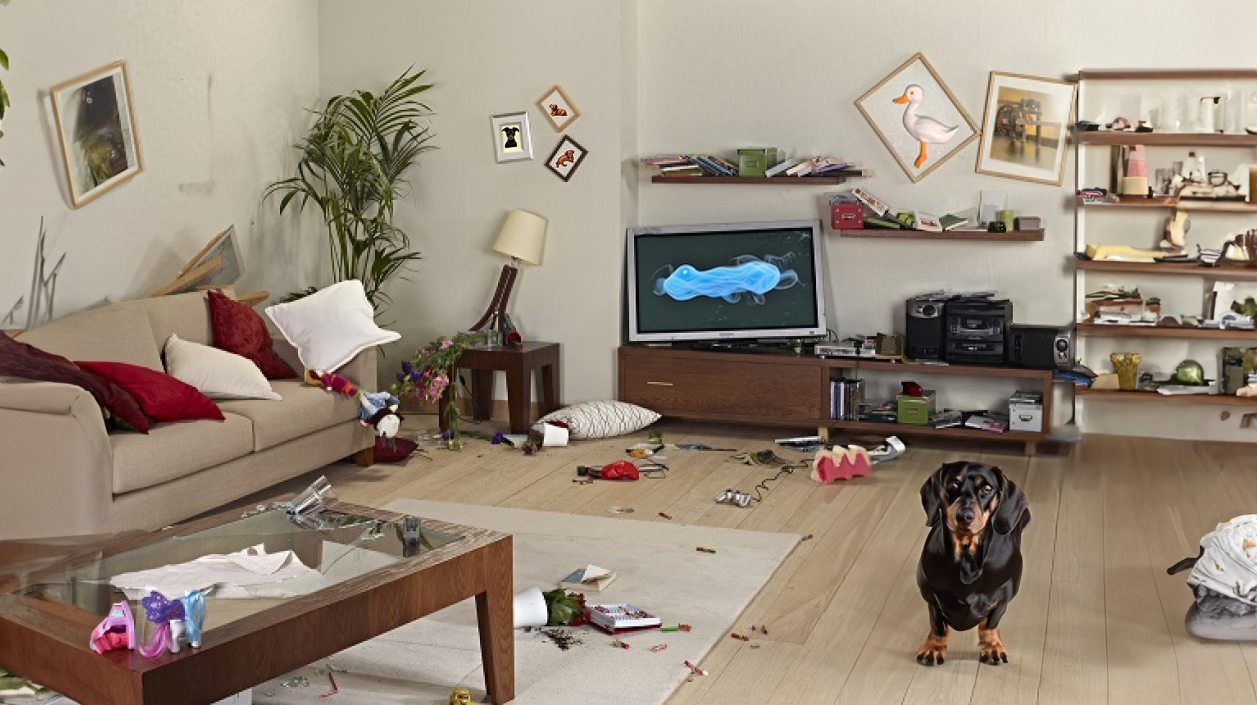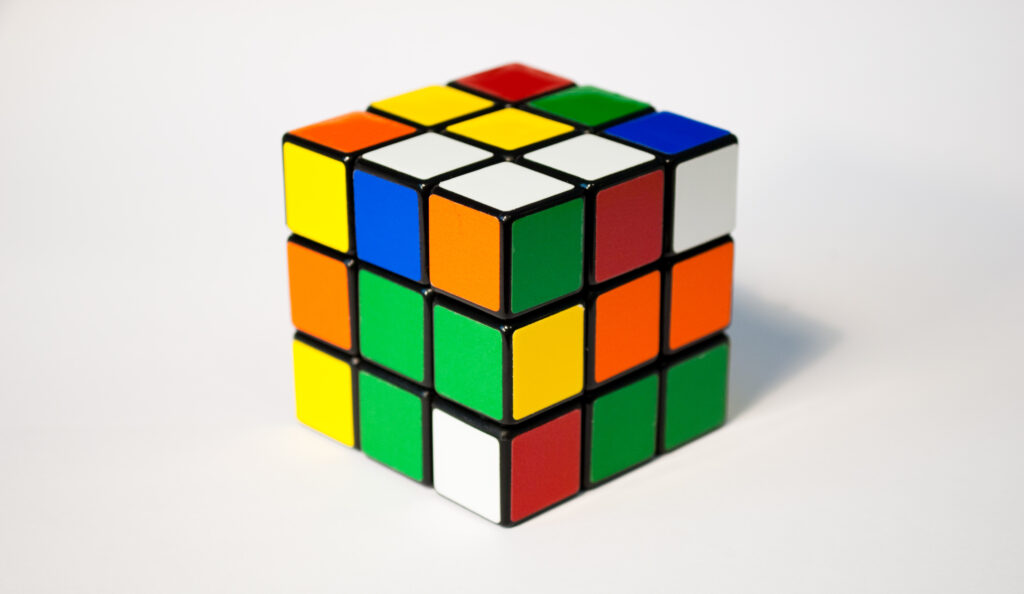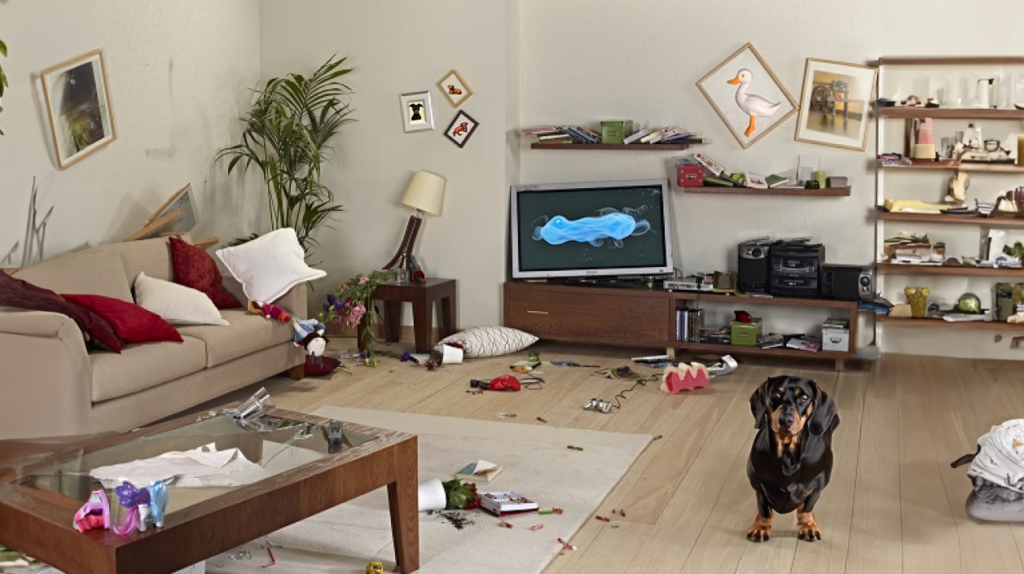How entropy made my house untidy

I am writing this blog in a messy office, in a messy house. A house that only hours previously had been (at least to my rather uncritical eye) in a state of almost perfect tidiness, is now in a state of utter disarray.
But of course, none of this is my fault. As any competent engineer will tell you, the blame rests squarely with entropy which is a measure of the disorder in a system (and in this case the untidiness of my house). As some of you will vaguely remember from undergraduate thermodynamics, the entropy (and therefore disorder) of a closed system always increases over time.
While there are an almost infinite number of ways that I could arrange the contents of my house, only a very small number of these billions upon billions of permutations would leave the house in a “tidy” state. And certainly, none of those involve socks in the kitchen, discarded underwear in the bathroom or cereal bowls in the bedroom. Since there are always many more disorderly variations than orderly ones, almost any interaction I have with my home environment will push it towards a state of “disorder”, and only carefully considered deliberate actions will act against the relentless march of entropy and reduce the amount of disorder in my house.
It’s a bit like a Rubik’s cube. There are 43,252,003,274,489,856,000 different permutations of a Rubik’s cube, (that’s 43 followed by 18 zeros). Anyone can reduce a solved cube to one of those 43 quintillion unsolved permutations with just a few random twists. But no amount of random twisting will ever return the cube to its solved state, instead, you have to spend effort and energy first learning how to solve the cube and then correctly applying the algorithms to solve it. Or you could just pull the stickers off and stick them back on like everyone else.

Unfortunately for me, the human mind is wired to appreciate order over disorder. Only an artist can turn a selection of paints and a canvas into a beautiful painting. Only a musician can arrange an array of notes into a beautiful song. And only a talented writer can waste time arranging words and letters into an article about entropy when he should be frantically tidying his house.
And although we don’t think about it as often as we should, as engineers we are also in a constant battle, trying to create order from disorder. For a fluid dynamicist such as myself entropy manifests itself in turbulent eddies and vortices. Turbulence increases the system’s entropy, which means that even the smallest disturbance can escalate into significant disorder, and a great part of the effort for a fluid dynamicist is trying to control that chaos, or better still to use it to our advantage.
I fear that none of this will be much consolation to my long-suffering wife when she returns home to find her previously tidy house in a state of utter disarray. While I could use the Second Law of Thermodynamics as an excuse, experience tells me that it would probably be safer just to blame it on the dog.



